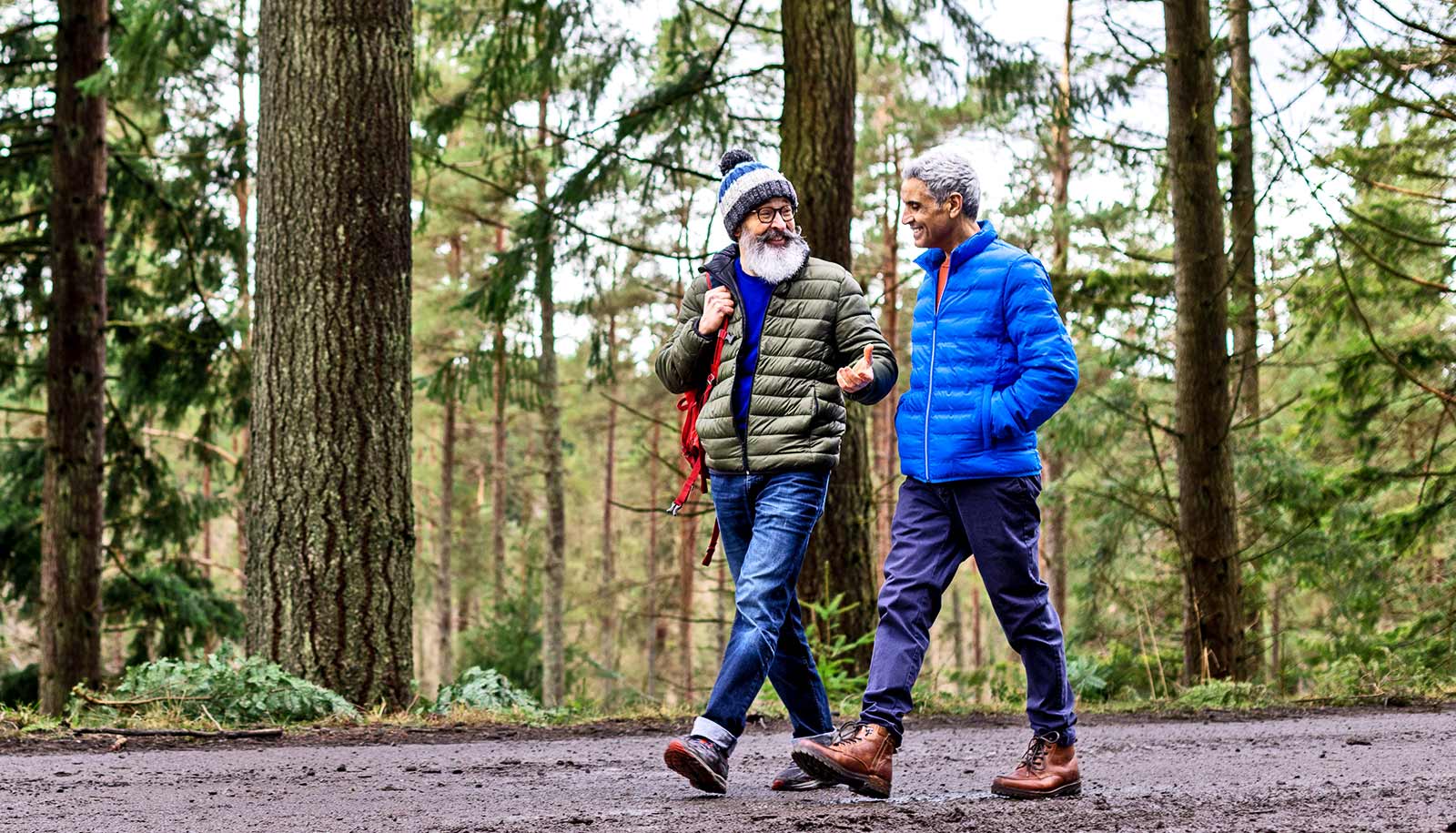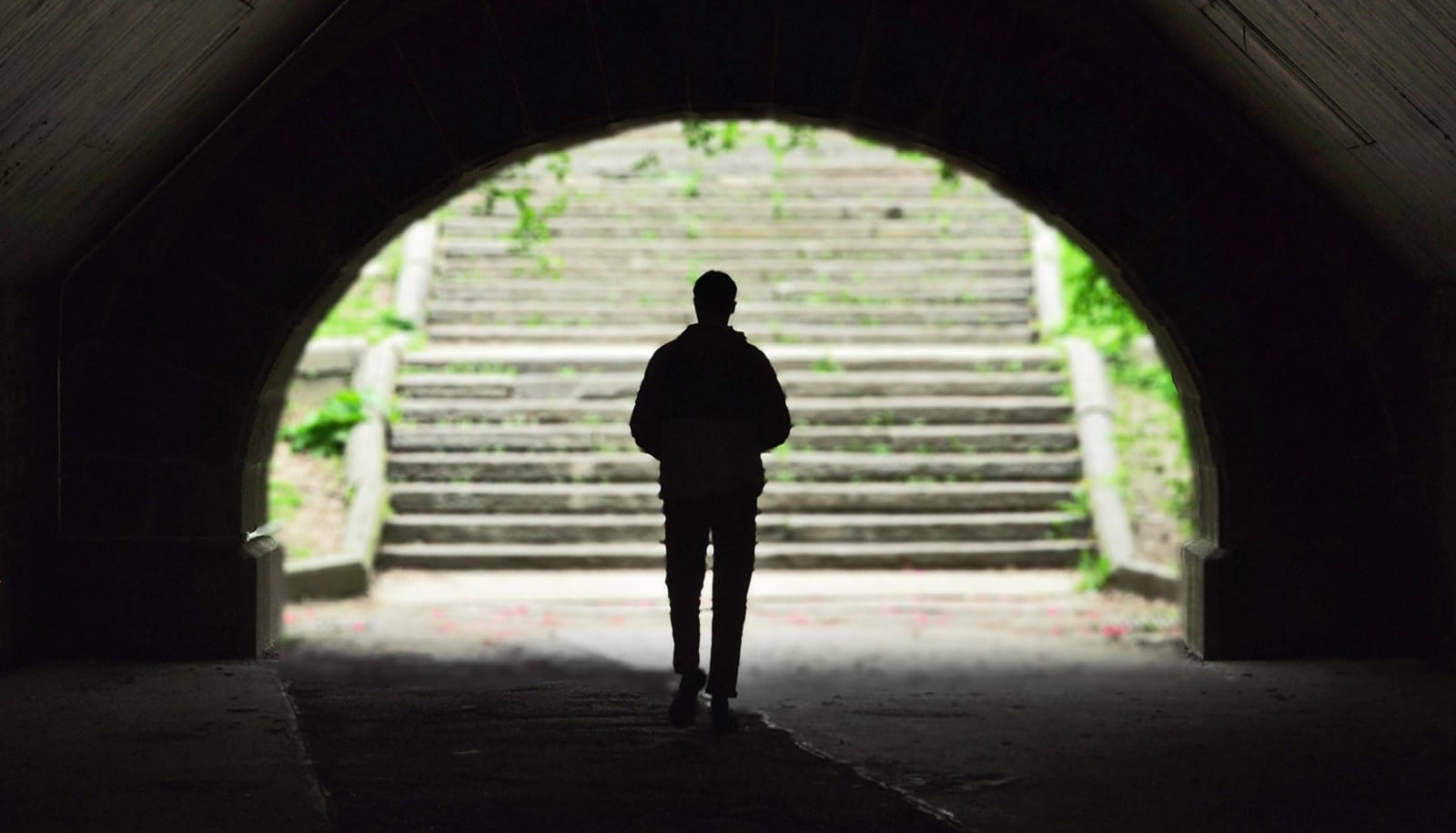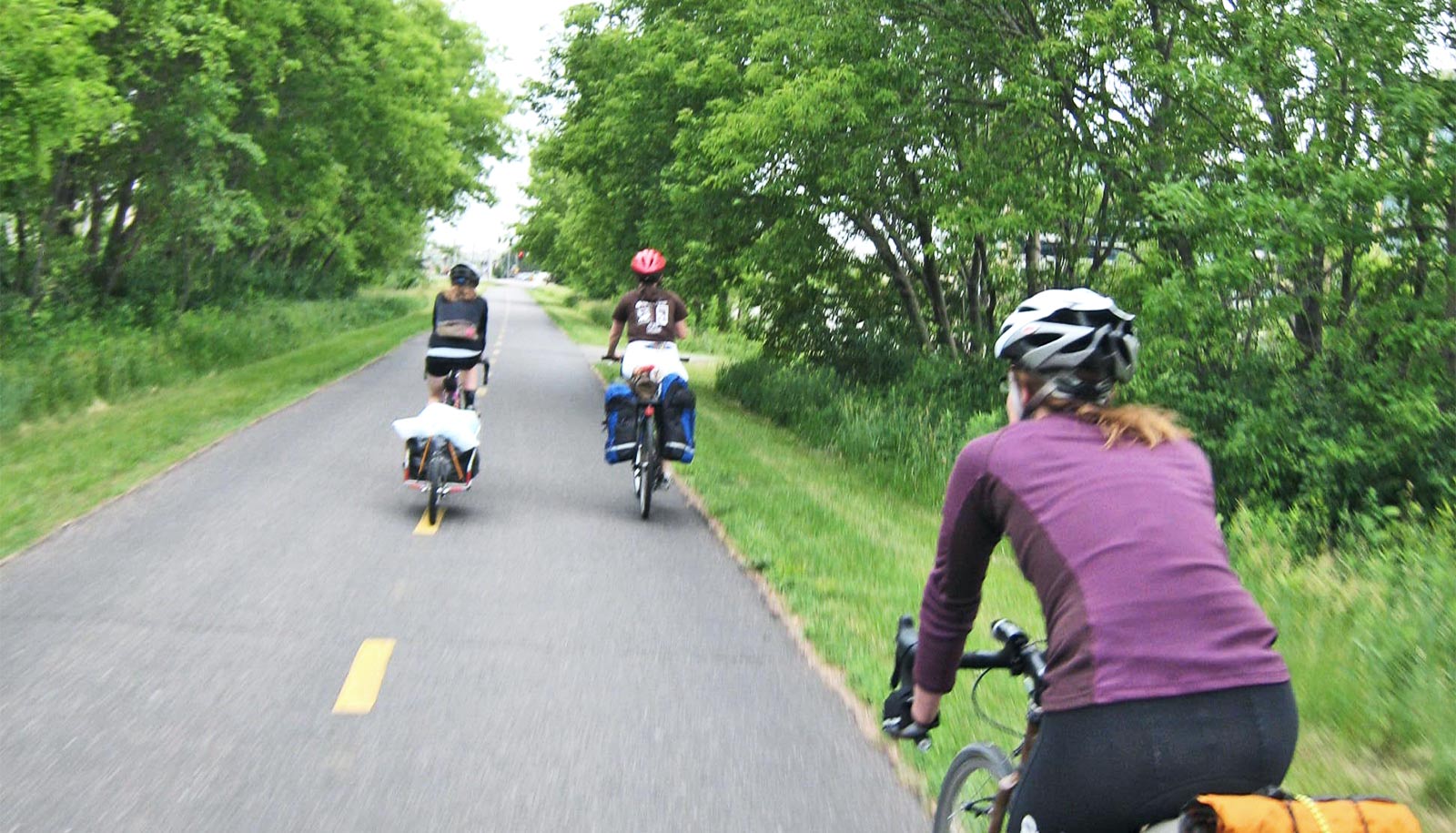Even small differences in the availability of urban green and blue spaces may be associated with better mental and physical health in older adults, according to a new study.
The findings show that having just 10% more forest space in a person’s residential ZIP code is associated with reduced serious psychological distress, which covers mental health problems that require treatment and interfere with people’s social lives, work, or school.
Similarly, a 10% increase in green space, tree cover, water bodies, or trail length lowers the chance that older people will report their general health as poor or fair.
“Our findings suggest that loss of our urban green and blue spaces due to rapid urbanization may not just have an environmental impact but could have a public health impact as well,” says Adithya Vegaraju, a medical student in the Washington State University SU Elson S. Floyd College of Medicine and first author of the study published in the journal Health & Place.
The study is based on health survey data from more than 42,000 people aged 65 and older who lived in urban areas of Washington state between 2011 and 2019. In their analysis, the researchers related survey respondents’ general and mental health outcomes to different measures that quantified access to green and blue spaces, such as forests, parks, lakes, and rivers, within their residential ZIP codes. Close to 2% of respondents showed signs of serious psychological distress and 19% reported having fair or poor general health.
The researchers presented preliminary findings for this study at an American Academy of Neurology Annual Meeting in April 2023. Those findings looked only at the relationship between serious psychological distress and distance to the closest green and blue space.
In this final published version of the study, the researchers looked at several additional measures, including the percentage of green space, tree canopy, forest area, and open space within ZIP codes as well as the length of trails. They also expanded their analyses to examine how these measures related to self-rated general health and to account for differences in survey respondents’ demographics, such as race and education level.
Though other studies have looked at how proximity to nature might impact health, Vegaraju says this study is one of the first to look at this relationship in older adults in the United States. Older people are especially vulnerable to mental health issues such as depression, which has been shown to increase the risk of cognitive decline and dementia. They are also less likely to receive treatment to manage their mental health conditions.
“Older adults with depression, anxiety or mental health issues are known to be more resistant to medical interventions or talk therapy, which are the go-to treatments for these conditions,” says Vegaraju. “If exposure to green or blue spaces could help prevent, delay, or even treat poor mental health in older adults, we need to look at that more closely as a way to improve mental health outcomes in this population.”
He says one potential solution could involve nature prescriptions, a growing trend that involves healthcare providers giving patients written recommendations to spend time outdoors.
More research needs to be done to know exactly how exposure to green and blue spaces may lead to better mental and general health, says senior author Solmaz Amiri, a research assistant professor in the WSU College of Medicine and a researcher in the Institute for Research and Education to Advance Community Health (IREACH).
She is looking to study the possible link between nature exposure and cognitive decline, which can be an early sign of Alzheimer’s disease or dementia.
“It is thought that exposure to green and blue spaces could help slow cognitive decline,” Amiri says. “What we would like to know is if green and blue space exposure can influence dementia directly or whether it can do so by reducing mental health issues that may lead to cognitive decline.”
Ultimately, she hopes this research will help resolve health inequities among older adults from lower socioeconomic backgrounds, which may be tied to unequal access to green and blue spaces in the urban areas where they live.
Source: Washington State



